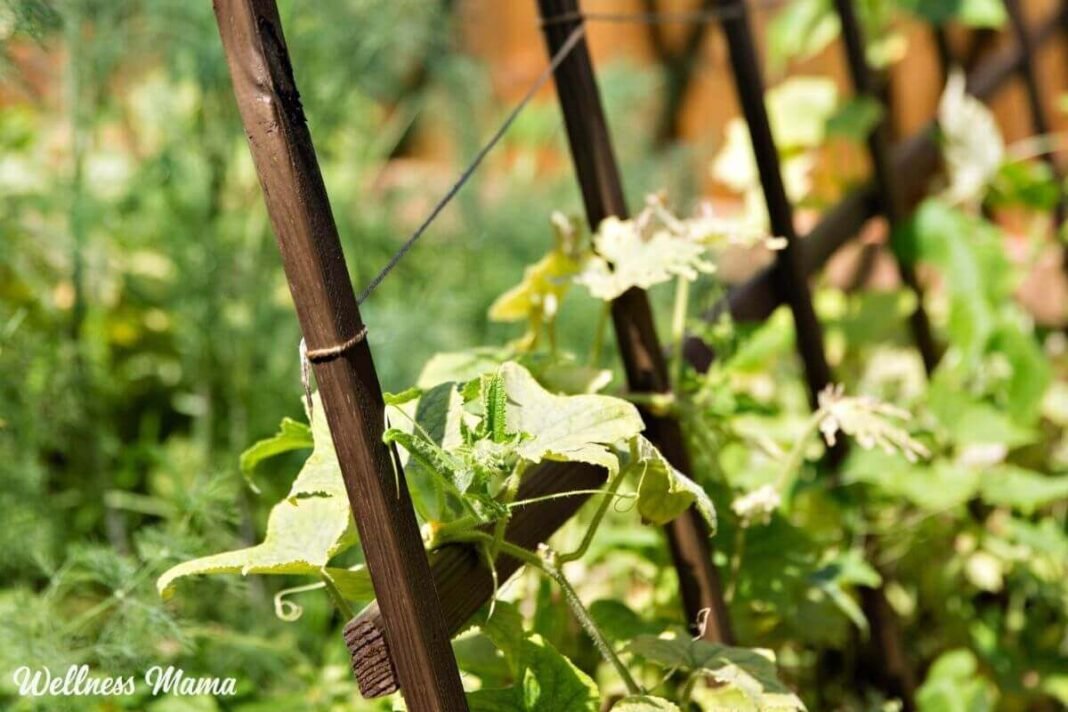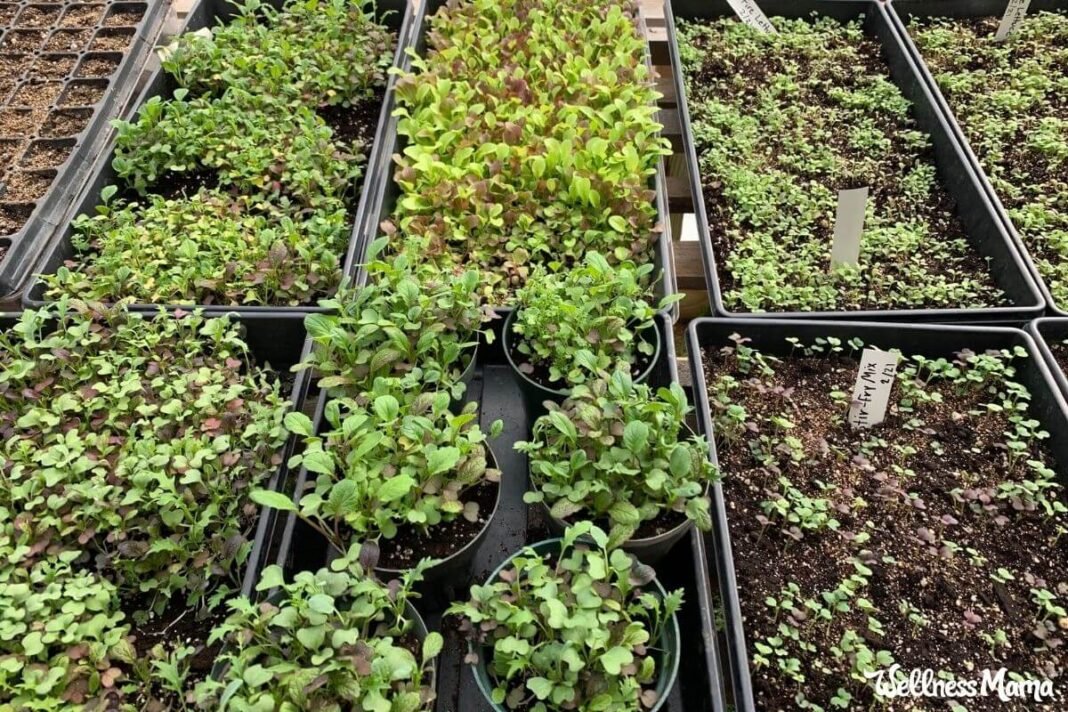In an era where space is often limited, vertical gardening has become an innovative solution for those looking to cultivate a thriving garden without requiring a vast amount of land. Whether you’re living in an apartment, have a small backyard, or simply want to add some greenery to your outdoor space, vertical gardening offers a practical and beautiful way to grow plants in a confined space.
By growing plants upward instead of outward, vertical gardens can fit into areas where traditional gardening might not be feasible. The best part? Vertical gardening isn’t just about conserving space—it can also create stunning visual appeal, enhance your home’s aesthetic, and even improve air quality.
If you’re considering starting a vertical garden of your own, here’s everything you need to know to get started.
Why Choose Vertical Gardening?
Vertical gardening offers several compelling benefits, particularly in urban environments where gardening space is often at a premium. Some of the key advantages include:
1. Space Efficiency
The most obvious benefit of vertical gardening is its ability to make use of limited space. By growing plants vertically on walls, fences, trellises, or towers, you can utilize the vertical dimension of your space to its fullest potential. This is ideal for urban gardeners or anyone with a small yard or apartment.
2. Increased Yield
Because plants are arranged vertically, you can fit more into a smaller area, allowing you to grow a larger variety of plants. This makes vertical gardening an excellent choice for growing vegetables, herbs, and flowers, especially if you want to maximize your harvest.
3. Aesthetic Appeal
A vertical garden can add an artistic and lush touch to your living space. From cascading flowers to vibrant vegetables, vertical gardens can turn plain walls or fences into beautiful green landscapes. This form of gardening also allows for creative design, giving you the freedom to incorporate various textures, colors, and patterns into your garden space.
4. Environmental Benefits
Vertical gardens help purify the air by absorbing carbon dioxide and releasing oxygen. They can also reduce noise pollution and provide shade, which can lower temperatures in urban environments. If you live in a city, a vertical garden can contribute positively to the local environment while enhancing your quality of life.
Choosing the Right Plants for a Vertical Garden
The types of plants you can grow in a vertical garden depend on your space, climate, and gardening goals. However, some plants are particularly well-suited for vertical gardening due to their growth habits and space requirements.
1. Climbing Plants and Vines
Climbing plants like tomatoes, cucumbers, peas, and beans thrive in vertical gardens. These plants naturally grow upward and can easily be trained to climb trellises or other structures. They are perfect for adding both beauty and productivity to your garden.
2. Herbs
Herbs like basil, mint, rosemary, thyme, and parsley are ideal for vertical gardening. These plants don’t need deep soil and can be grown in smaller containers or even in pockets of fabric. They’re also great for hanging baskets, making them versatile choices for vertical spaces.
3. Flowers
Certain flowers, such as morning glories, sweet peas, and climbing roses, are perfect for vertical gardens. These flowers can be trained to grow along fences, trellises, or garden towers, creating a visually appealing garden that provides color and fragrance.
4. Succulents and Low-Maintenance Plants
For those with limited time or less-than-ideal gardening conditions, succulents and other drought-tolerant plants make fantastic vertical garden additions. Plants like aloe, echeveria, or sedum grow well in small containers and can handle a variety of climates, making them great for indoor or outdoor vertical gardens.
Designing Your Vertical Garden
The design of your vertical garden is where creativity can really shine. Whether you want to build a vertical garden from scratch or use store-bought materials, here are some key considerations to ensure your garden flourishes:
1. Choose the Right Structure
Vertical gardens come in many forms. You can use simple wooden trellises, metal frames, or more elaborate garden towers. You can also opt for hanging planters or use wall-mounted systems that feature pockets or shelves for plant containers. Consider the amount of sunlight your plants need and choose a structure that suits the space you have available.
2. Proper Irrigation
Watering a vertical garden can sometimes be more challenging than traditional gardening because of the height and angles involved. Installing a drip irrigation system or using self-watering planters can ensure that your plants receive consistent moisture without overwatering. Be mindful of the drainage as well—excess water should be able to flow freely out of the containers to prevent root rot.
3. Access to Sunlight
Most plants need sunlight to thrive, and vertical gardens are no exception. Make sure that your plants receive the right amount of light by placing your garden in an area that gets enough sunlight throughout the day. If you’re growing indoors, consider using grow lights to supplement natural light.
4. Space for Growth
Although vertical gardens make the most of limited space, plants still need room to grow. Be sure to consider the size of the plants when fully mature. You don’t want your garden to become overcrowded or for plants to block one another’s sunlight. Give each plant enough space to thrive and spread.
Tips for Maintaining Your Vertical Garden
Once your vertical garden is up and running, regular care and attention are key to its success. Here are a few tips for keeping your vertical garden healthy:
1. Pruning and Training
As your climbing plants grow, be sure to regularly prune them to prevent overgrowth. Pruning encourages healthy growth and helps prevent the garden from becoming too tangled. Use twine, plant ties, or wire to help guide the plants in the direction you want them to grow.
2. Fertilizing
Plants in vertical gardens may require more frequent fertilization than those grown in traditional garden beds. Choose a balanced, organic fertilizer to feed your plants, but be careful not to over-fertilize, as this can lead to excessive leaf growth with little fruit or flower production.
3. Pests and Diseases
Like any garden, vertical gardens are susceptible to pests and diseases. Regularly inspect your plants for signs of trouble, such as yellowing leaves or insect infestations. If you spot any issues, treat them promptly with natural pest control methods, such as neem oil or insecticidal soap.
Conclusion
Vertical gardening is an excellent solution for those looking to make the most of their space while adding beauty and productivity to their environment. Whether you’re interested in growing vegetables, herbs, or flowers, there’s a vertical gardening solution that’s right for you. By choosing the right plants, setting up a sturdy structure, and maintaining consistent care, you can create a stunning garden that grows upward, not outward.
With a little creativity and patience, a vertical garden can become a lush and vibrant feature in your home or yard, bringing nature closer to you in even the tightest of spaces. Happy gardening!





